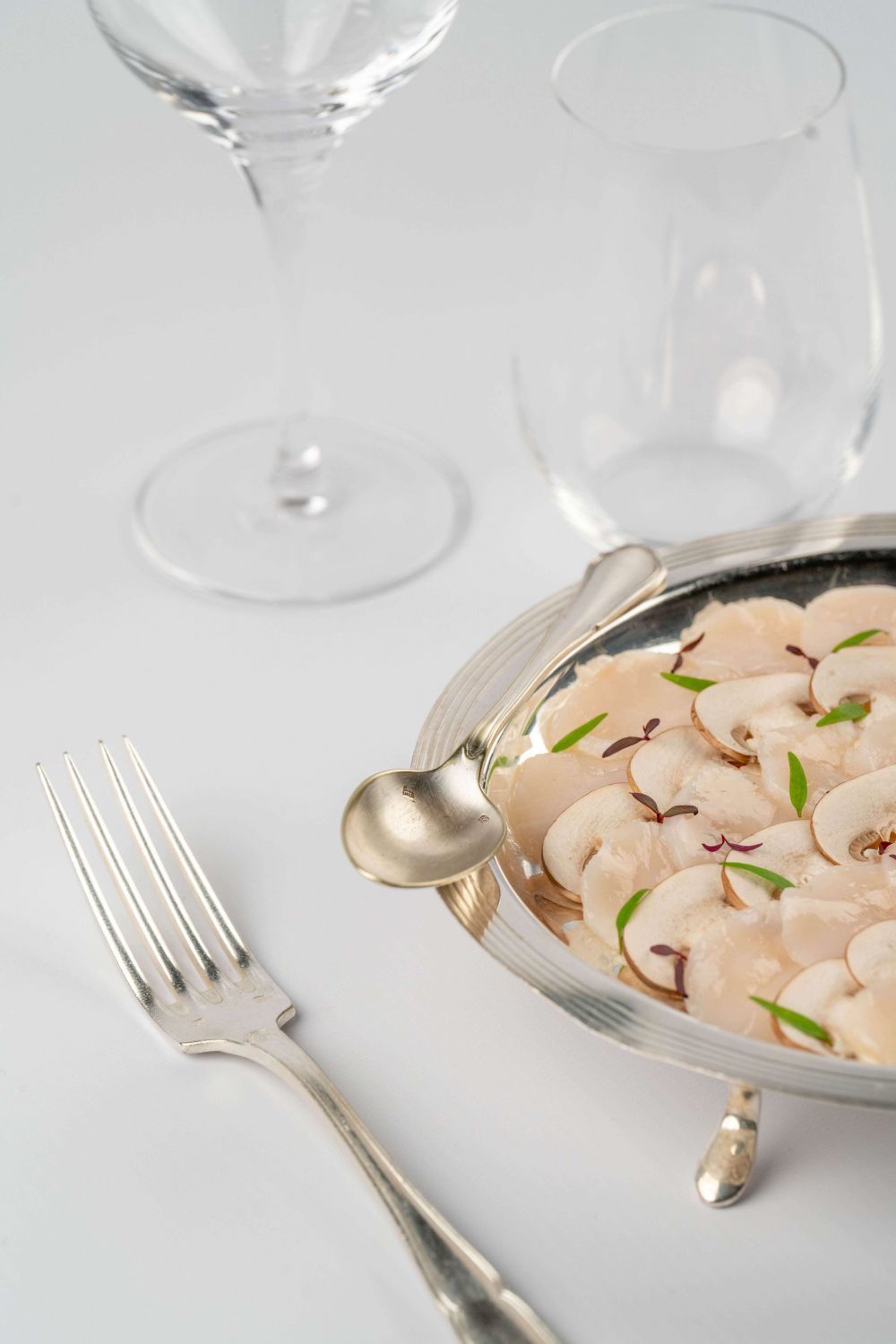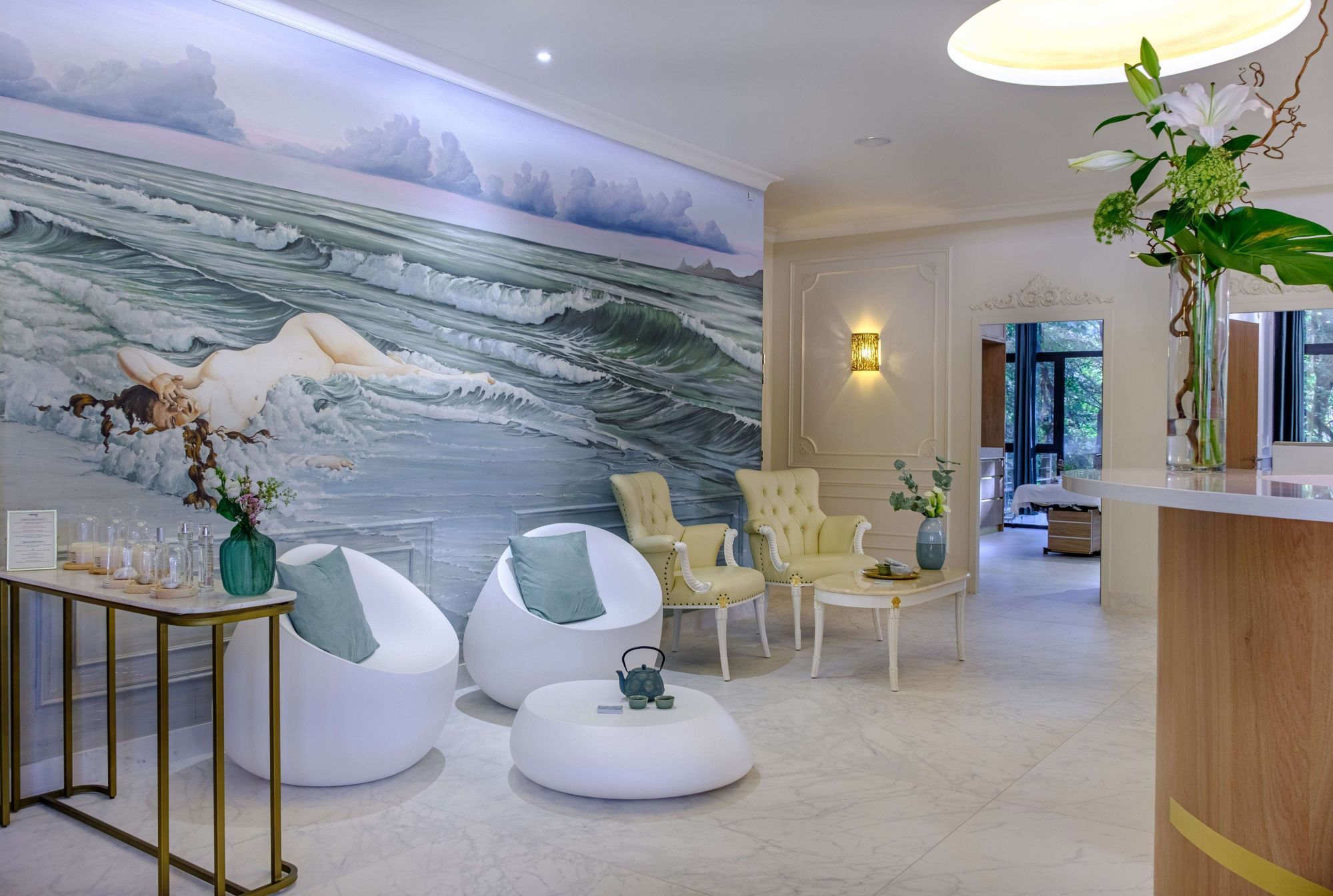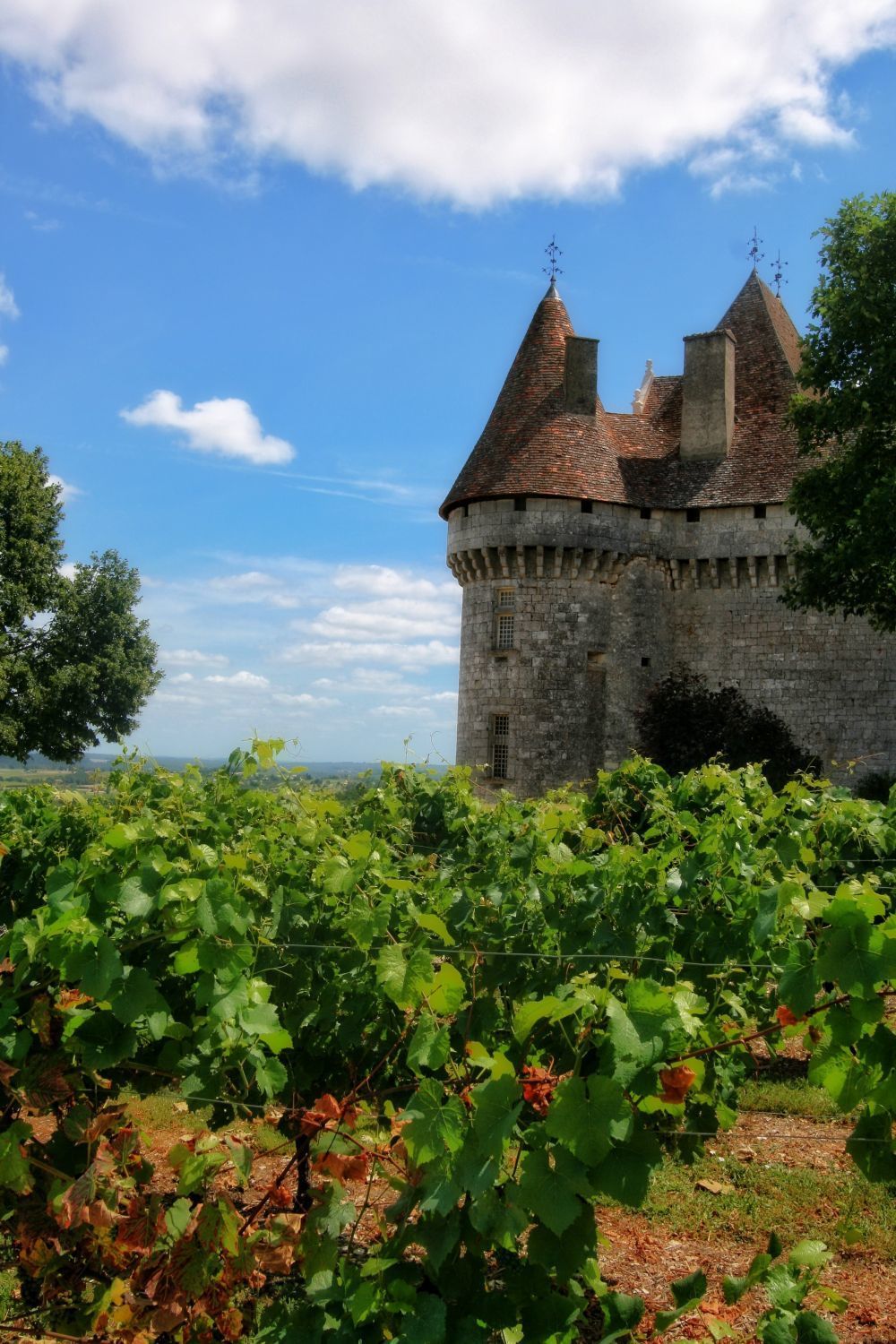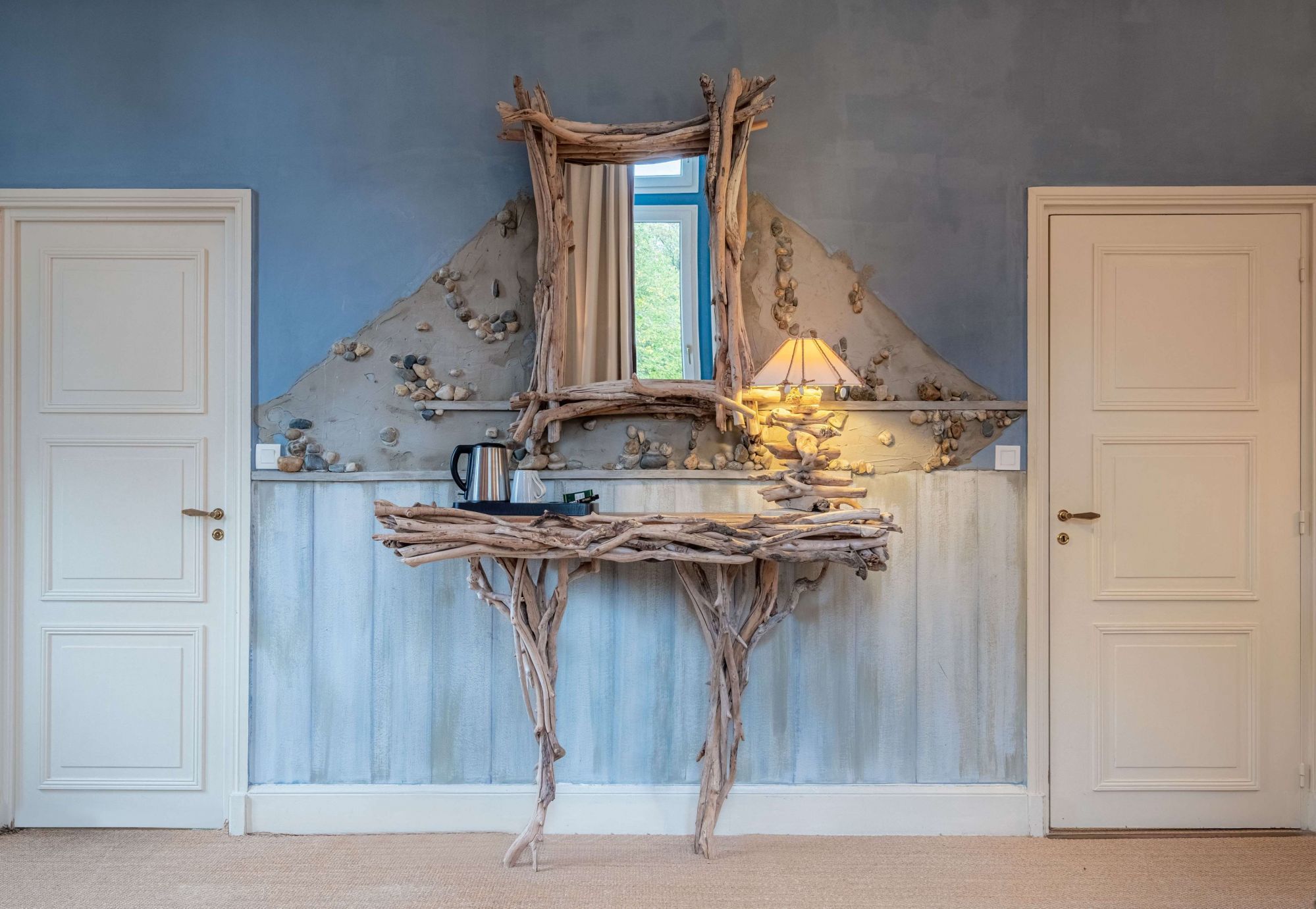
A bit of Prehistory
Where the Château is located on a small rocky outcrop overlooking a valley where the Beauronne River flows, a tributary of the Isle River that crosses Périgueux and flows into the Dordogne, it is likely that the site was inhabited tens of thousands of years ago, like so many others in the region. Historians have even described the most important local community whose traces they found under the name 'L'Homme de Chancelade,' a close cousin of 'L'Homme de Cro-Magnon,' whose habitat was in Les Eyzies, less than an hour from the Château.
Enthusiasts of prehistory will be delighted to make this great journey to our origins, visiting the Musée du Périgord in Périgueux or the National Museum of Prehistory in Les Eyzies. They may discover that by seeking where we come from, we better understand who we are, perhaps during an emotional visit to Lascaux IV or other caves that were inhabited.
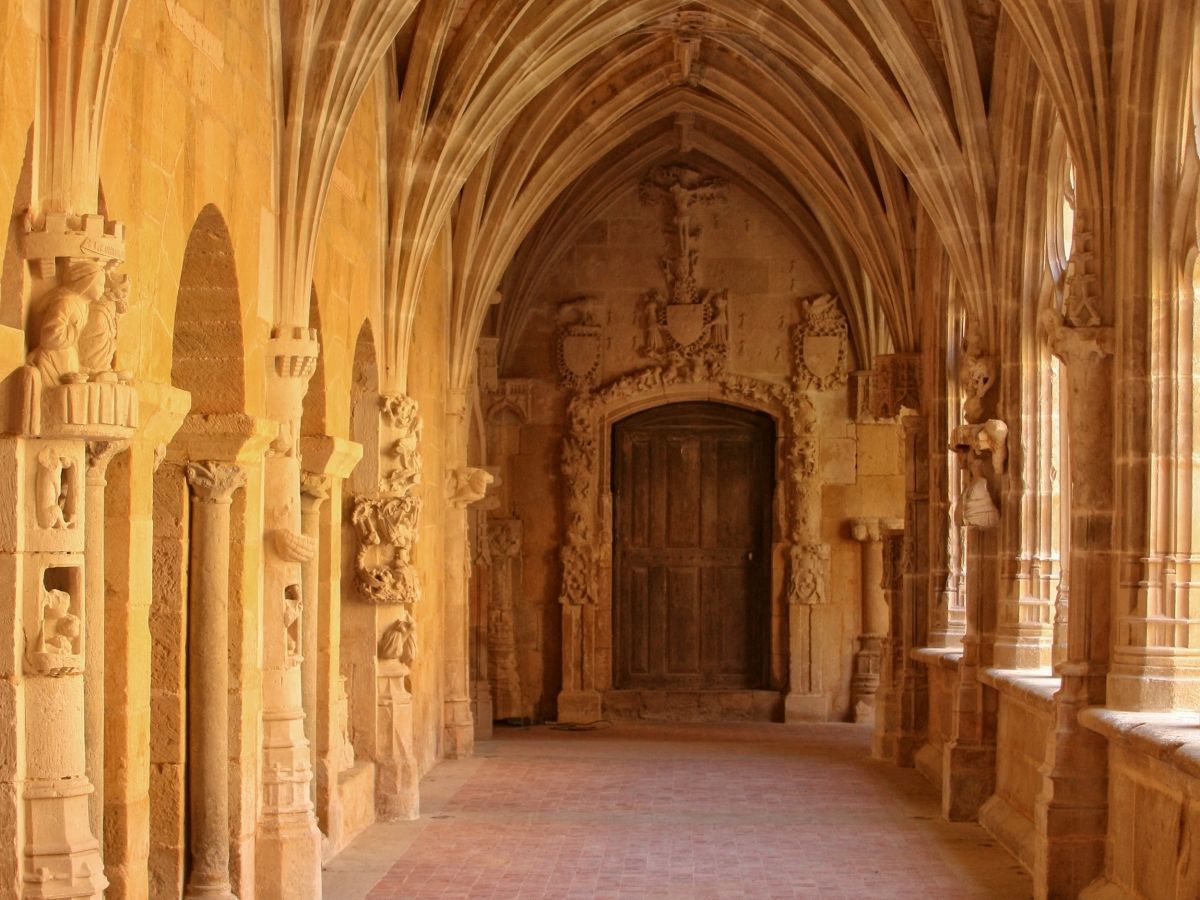
The Grand History
The region was abundant in game, and its unique climate (Périgord is crossed by the Transeuropean and the 45th parallel) made it a passage for all populations and invasions. The builders settled there, starting with the Romans, who created Vésonne, the origin of Périgueux. Today, the Vésunna Museum, built by Jean Nouvel, beautifully showcases this period. The eras follow one another—the Hundred Years' War, which left a strong English influence on the region's constructions and commercial relations; Chancelade was the site of a particularly bloody battle between the Constable du Guesclin and the Black Prince, on the very lands of the Abbey.
The Renaissance alternated between periods of wisdom when Montaigne was Mayor of Périgueux, for example, and barbarism when the Wars of Religion pitted Catholic Périgueux against Calvinist Bergerac. Today, Périgord retains the pride of its history and, maintaining an exceptional heritage, seeks to preserve the most useful part for modern man: a certain Art de Vivre.

The Little History
We are around 1840, at a time when provincial notaries were handsome gentlemen with square beards who, when they went to Paris, went to the theater and sometimes succumbed to the charms of pretty ingenues. This must have happened to Notary Lagrange. The man was rich and had the Château des Reynats built, imagining it as the summer residence of the Comédie Française. The Périgord notable had just invented the first of these festivals that now abound in France during vacations. He carried out his project, and the Comédie Française moved, with the great tragedian Mounet-Sully in the lead, and gave a performance of Iphigénie in the field that separates the Château from the Abbey. The success was immense; it is said that there were 3000 spectators.
But the festivals that followed ruined the notary's fortune, who, when winter came, had to sell his Château. A famous owner is found at the end of the 19th century, Camille Pelletan, journalist and critic, friend of Rimbaud and Verlaine, who ended up in politics as Minister of the Navy in 1905. Then families succeeded one another until the end of the last century when the Desprez family decided to turn the Château des Reynats into the hotel it is today.

Its surprising interior architecture
The Château des Reynats was built in the mid-19th century, a time when architecture in Dordogne followed a strong English influence. The tower does not contain the staircase but round rooms, while the staircase, majestically enthroned, occupies a corner of the entrance opposite a large fireplace, as in English halls. The two floors are occupied by the thirteen rooms and suites; the ground floor offers a perspective of over thirty meters long where the spaces of the Grande Salle à Manger, small lounges, and our Bistro Chic la Verrière can accommodate, when made communicating, nearly 150 people.

Its Orangery
Fifty meters from the Château, built a few decades ago in place of old outbuildings, the Orangerie is the more modern part of the Château des Reynats. It offers 37 rooms with modern and refined decoration, with comfort as the first ambition. Despite certain signs, round dormers, the twists of the roof, Roman tiles, walls in lime from Saint Astier extracted less than 10 km from the Château, it reflects the practices of Périgord artisans that give it its charm. In the beautiful season, the Virginia creeper that covers it completes the resemblance to those manors of Dordogne, simple but endearing, that you may visit.

Its Chefs
Damien Réveiller - 2020 to present
After a successful first experience alongside Frédéric Anton, he honed his skills in various Michelin-starred restaurants in Paris. In 2006, he returned to the southwest to support Philippe Etchebest at the Hostellerie de Plaisance. He also worked alongside Dimitri Droisneau and Hervé Daumy, finally joining the Château des Reynats in 2015 as Sous Chef. Creative, technical, authentic, and close to people, he then took over the helm of the brigade in 2020 to accompany us in our numerous projects.
Florian Grundeler - 2018 to 2020
Cyril Harberland - 2009 to 2018 (Michelin-starred)
Gilles Gourvat - 2003 to 2009 (Michelin-starred)
Philippe Etchebest - 2001 to 2003 (Michelin-starred, MOF - Meilleur Ouvrier de France)



